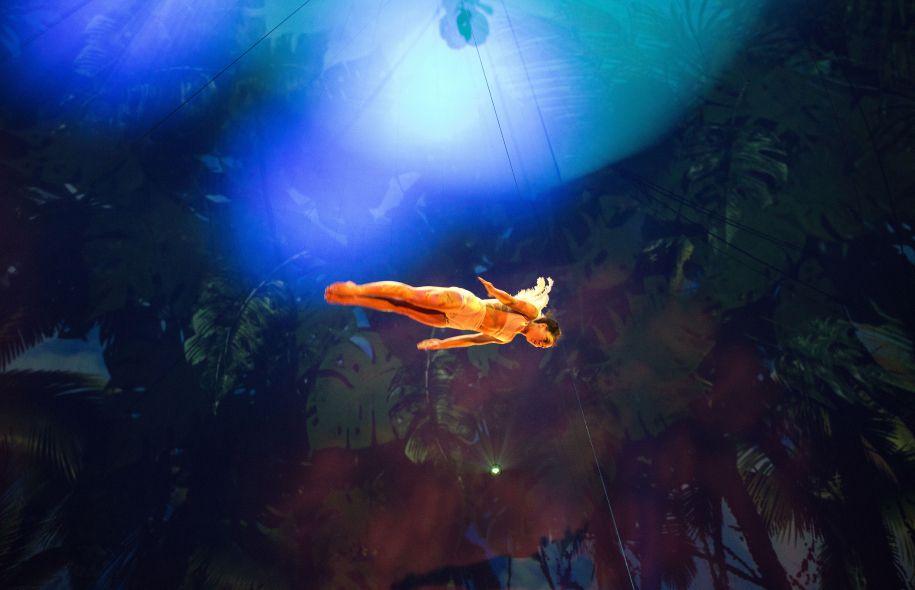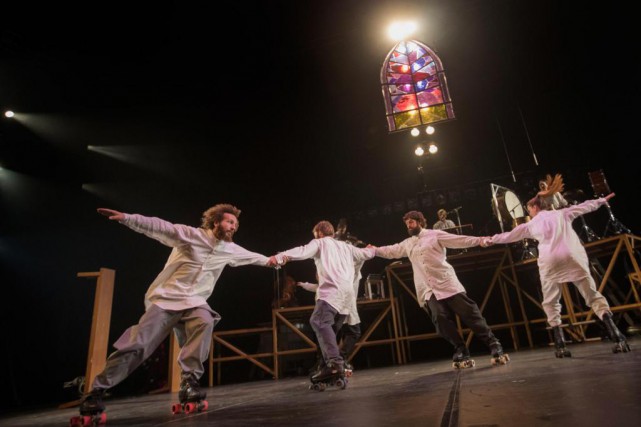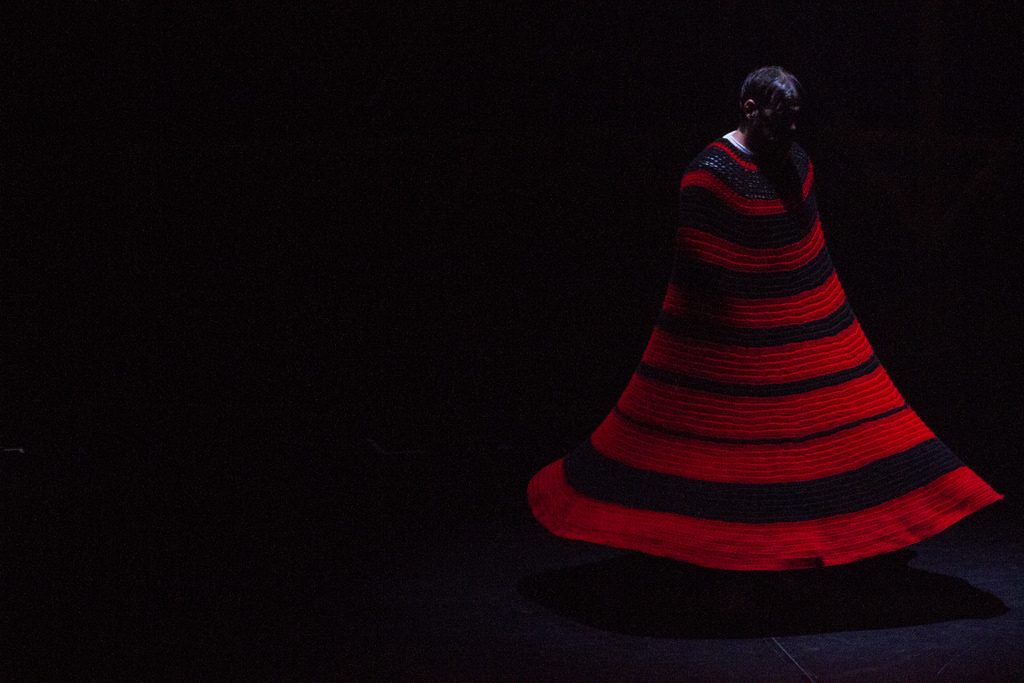Québec, as a stateless nation, expresses its nationalism through culture and language. What is the national narrative of Québécois circus on the global stage and works commissioned for the Montréal’s 375 anniversary?
“Québec’s brand of theatrical, mostly animal-free, contemporary circus born out of French nouveau cirque, Soviet-inspired elite acrobatics training and American entrepreneurship and showmanship has emerged from a burgeoning nation preoccupied with its own singularity and distinctiveness. Paradoxically, however, its circus sometimes comes across as blandly ‘global,’ without local flavor, to audiences seated in front of its presentations of assumed cultural neutrality or, as Karen Fricker has put it, a ‘purposeful cultural blankness’” – Cirque Global: Québec’s expanding Circus Boundaries 2008
Fricker’s description of “purposeful cultural blankness” essentially refers to a culturally ambiguous narrative that lacks an authentic Québéois nationalism. There is a ‘standardized diversity’ quality that complies with a cultural model for efficient cultural distribution internationally.
Circus companies as cultural diplomats for a stateless nation
The major cultural exports of Québec circus are referred to as “the big three”: Cirque du Soleil (CDS), Cirque Eloize, and 7 doigts de la main (7 doigts). These three companies have achieved this status because they have the most successful cultural presence on the global stage. Their success would not have been possible without tremendous public funding and support. With their success, these companies have the unique opportunity to serve as unspoken diplomats for Québec nationalism. Do these companies have a body of work that reflects the national narrative with “local flavour” or does their work simply fall into Fricker’s description of a culturally ambiguous narrative”? Based on my intimate knowledge of “the big three” over years of attending shows and conversations with artists, directors, and programmers, I would agree with Fricker’s assessment. But why?

photo credit: Mikaël Theimer, Le Devoir (July 13, 2017)
Québec circus is a branding as well as entertainment culture. Branding is the business of commodification, the packaging of a product or service for the purpose of selling. The “big three” have achieved international success through their branding. A representative from CDS, Alex Bedikyan, explicitly expressed at a conference on Digital Technology and Performing Arts that CDS is in the business of entertainment and selling experience, not culture or art. Eloize and 7 doigts possibly have similar agendas as they have achieved international success with a similar branding that is culturally ambiguous. They are all nouveau style circus companies. Their primary differences are cast size, costumes, and music, but their narratives tend to be generic, not specific to Québec culture and apolitical.
375th Anniversary of Montreal
This year is the 375th anniversary of Montréal. During the Montréal Completement Cirque (MCC), there were two shows commissioned to celebrate this anniversary and in turn contribute to Québec’s national narrative. These include Cirque Alfonse’s Tabarnack; and 7 doigts’ Vice et vertu.
Tabarnack begins its homage to Québec with its title, paying tribute to the subversive language of rebellion against the church. The show celebrates many moments of Québec redneck subculture through high energy group acts, live music, and the use of iconic images in the scenography like hockey and knitting. The knowledge of—or lack of knowledge of—the many cultural references to Québec and the French language did not impede the overall enjoyment and accessibility of the show.
Celebrating another facet of Montréal’s complex and rich history was Vice et vertu, a show that commemorates the main actors of the complex political climate between prostitution rings, gangs, and the government of Montréal during 1940-60. It was a visually stunning period piece played by a large cast of incredibly talented acrobats and actors. In contrast with Tabarnack, the narrative of Vice et vertu relied heavily on the audience’s comprehension of the French language.

Photo credit: Ivanoh Demers, La Presse (July 6, 2017)
Both shows could be considered a success in terms of national narrative with local flavour, but will these shows ever make it to the global stage as diplomats of Québec culture?
In Vice et vertu, developed and performed in the typical ‘human scale’ style 7 doigts is known for, the circus bodies are playing historically ‘real’ characters rooted in Québécois culture, but the narrative does not subscribe to their global brand. Our discussions with programmers and the director of Vice et vertu revealed that the show is not intended for the international market. On the other hand, Cirque Alphonse’s branding reconnects with the family dimension of the circus and draws on Québec folklore. Tabarnack fits with Cirque Alphonse’s aesthetic and collective body of work—it’s part of their brand. Tabarnack will tour the global stage representing Québec’s national narrative and Vice et vertu will not.
Why invest public money and commission 7 doigts to create work for the explicit expression of a national narrative only to have it live in Montréal, especially when the company has the notoriety to tour internationally? Is it simply to create work for the company? Why not approach smaller Montréal companies to do such work? There are several smaller companies who might benefit from such a commission.

Photo credit: Benoit Z. Leroux
Currently, Québec’s major circus exporters are in the business of branding for commodification and their work lacks national narrative that genuinely reflects Québec culture. The two are not mutually exclusive. If culture is an expression of nationalism, why not do as Cirque Alphonse has done and creatively find a way to express a passion for national identity on the global stage? Instead, rather than creating work that weaves both Québec culture and entertainment together, the majority of Québécois circus continues to quote and conform to the normative forms of successful entertainment through branding that persists in this “purposeful cultural blankness” on the global stage. Circus is essential to Québec’s national identity. We look to the next generation of circus artists to be the voice of Québec’s distinctive identity by presenting authentic national narratives on the global stage.









